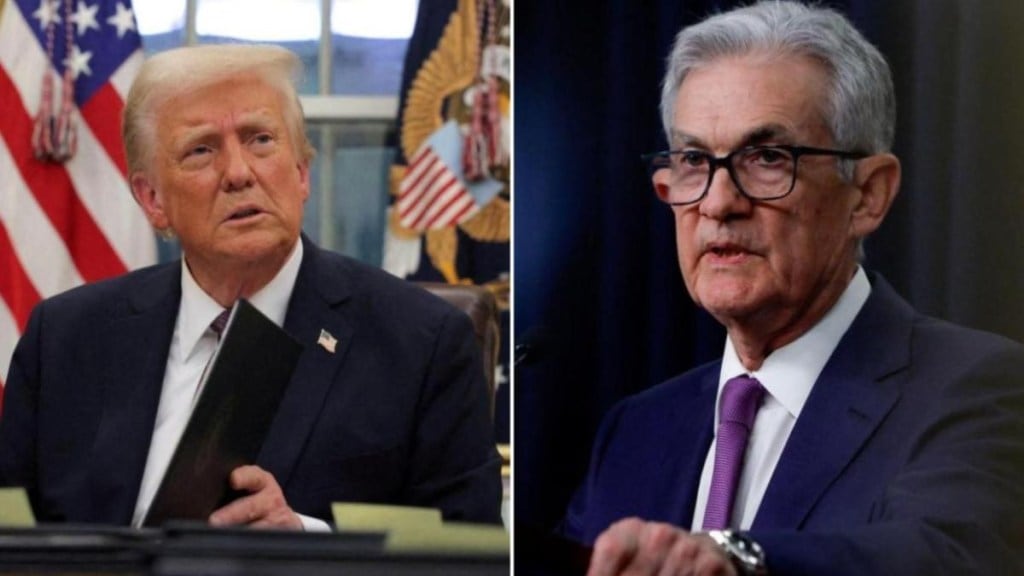A U.S. Supreme Court ruling on May 22, stemming from a legal dispute over US President Donald Trump‘s removal of two federal labor board members, offered a measure of relief to those concerned about the Federal Reserve’s independence.
The court allowed Trump to keep two Democratic board members, Gwynne Wilcox of the National Labor Relations Board and Cathy Harris of the Merit Systems Protection Board sidelined while legal challenges to their dismissals proceed. However, the ruling included a line that alleviated fears it could set a precedent for Trump or any future president to unilaterally fire Federal Reserve Chair Jerome Powell.
Lawyers representing Wilcox and Harris had warned that a ruling in Trump’s favour could erode the long-standing legal protections shielding Fed policymakers from dismissal for anything other than misconduct or cause. The justices disagreed. In a brief, unsigned opinion, the majority wrote: “The Federal Reserve is a uniquely structured, quasi-private entity that follows in the distinct historical tradition of the First and Second Banks.”
This distinction was seen as crucial in preserving the Fed’s autonomy. The Federal Reserve Act of 1913 states that Fed officials, including the chair, may only be removed “for cause”—a clause designed to protect against politically motivated firings.
Though Trump has repeatedly criticised Powell—whom he appointed during his first term and who was later renominated by former president Joe Biden—he recently stated he has no plans to fire the Fed chair. Nonetheless, the idea has unsettled financial markets, which prize the Fed’s political independence. Powell has previously stated he believes the law protects him from being dismissed without cause. His current term ends in May 2026.
Trump v/s Powell
Since taking office on January 20, 2025, President Donald Trump has been locked in a public feud with Federal Reserve Chair Jerome Powell over interest rate policy. The clash intensified earlier this year when Trump declared that if he were asked to remove Powell, “he’ll be out of there real fast.” Powell, however, stood firm, stating he would not step down if ordered to leave.
Tensions between the two escalated as Trump openly criticised Powell during a press conference, saying he was “not happy with Powell” and accusing him of being “too late” in responding to economic needs. The President had been pressuring the Fed to lower interest rates, but Powell resisted immediate action, insisting on waiting for sufficient economic data to justify a cut. Meanwhile, Powell’s cautionary stance reportedly did not sit well with the White House, fueling speculation that the conflict could lead to an attempted dismissal.

